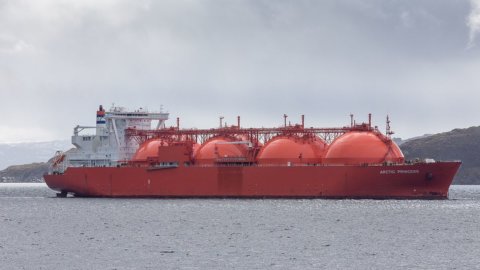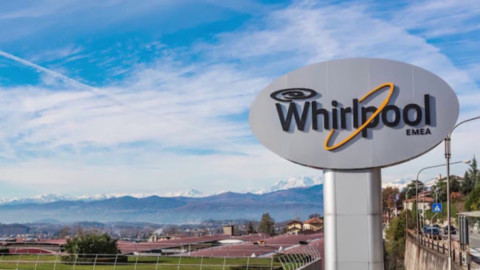When we say gas, the majority of Italians think of the raw material imported for years from Russia or from desert fields. The truth is that liquefied natural gas (LNG) is also used in everyday life. It is extracted thousands of kilometers away, "frozen", transported by sea and then thawed to be distributed to families and businesses. LNG was important in tackling the gas crisis after the war in Ukraine and will continue to be so in the future. That's why it's talked about so much. To the recent Lng Summit – Sustainability, Market, Stakeholders of Rome the discussion centered on the theme of infrastructure. The most active plant today is the one managed by Olt Offshore Lng Tuscany, off the coast between Livorno and Pisa. The discussion at the summit confirmed studies and analyzes already known to insiders. The street towards decarbonisation it will not be able to do without LNG, at least for the next fifteen years. And LNG will coexist with renewable sources, argued the Summit experts. However, if the question on liquefied gas consumption forecasts is addressed to OLT, the answer exceeds the fifteen-year forecast by three times. "We are evaluating the opportunity to extend the life of our regasification terminal beyond the twenty-year deadline of 2033, for another 10-15 years, against a natural revamping" he said John George CEO of Olt.
The gas will be used together with other renewables
The managerial assessment intends to ensure gas transported to Italy to avoid the risk of supply shortages. Obviously there is also a political interest. When the government speaks of energy, it refers to the construction of an energy hub in our country. In the years of Enrico Mattei Italy has been able to implement its own energy policy. Now it's a matter of "intercepting the gas that will make its way to Asia". But there is a problem of overcapacity and the need to be able to keep it, which does not conflict with the growing use of renewable sources. The US has the LNG business and it will certainly not be Italy that will deny him greater imports due to lack of storage.
The Tuscan terminal has been in operation for 10 years and the prospect of extending its life for other decades would be consistent with investments in similar structures in the rest of Europe. Are the costs to be incurred compatible with future benefits or will not strengthening the infrastructure cost us more? In 2022, the LNG gap cost Italy more than 10 billion euros. Now that the price of natural gas per megawatt hour has gone from 300 to 30 euros, overcapacity is a security element of the system. It must be faced with courage like someone who knows that the abandonment of gas is not in the short term. THE regasifier data Tuscan are evident. The structure is working at full capacity, it is authorized to manage up to 5 billion standard cubic meters and up to "2027 all the regasification slots have already been allocated". A 36,5 km pipeline managed by Snam transports the raw material in the Italian pipeline network. The transition also passes through here.





